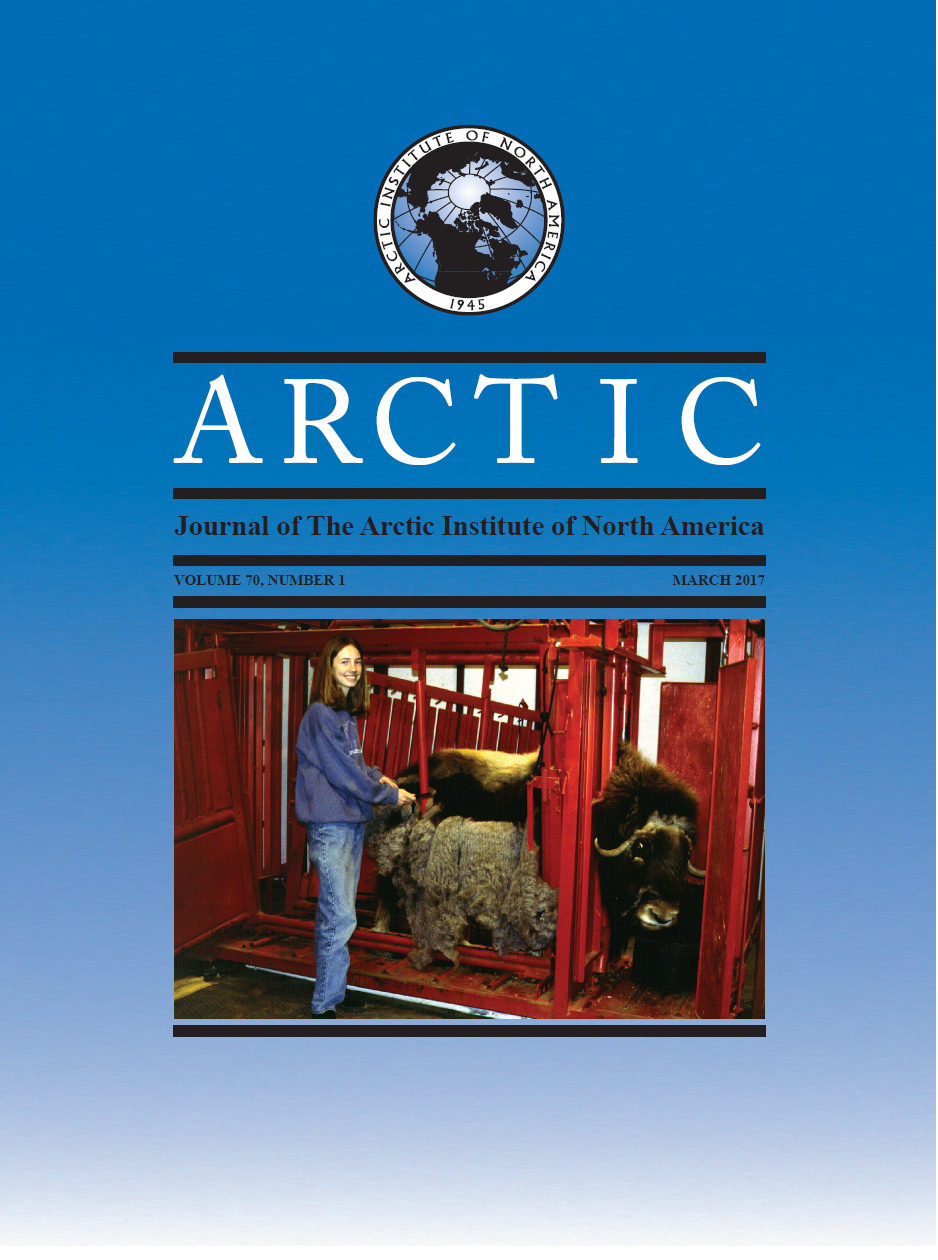Estimating Wildlife Harvest Based on Reported Consumption by Inuit in the Canadian Arctic
DOI:
https://doi.org/10.14430/arctic4625Ключевые слова:
Inuit health survey, Canada, subsistence harvest, country food, nutrition, caribou, ringed seal, beluga, food securityАннотация
The harvest and consumption of wildlife are integral to the livelihood, culture, and nutritional status of the Inuit of northern Canada. When wildlife populations are perceived to be vulnerable, harvest restrictions may be enacted to protect species conservation interests. Such restrictions may also have consequences for the nutrition and food security of Inuit communities. This study aims to estimate the harvest numbers of key wildlife species needed to sustain the traditional diet of Inuit. Using responses to the food frequency questionnaire that were collected from 806 men and 1275 women during the Inuit Health Study of 2007 – 08, we characterized annual country food consumption in five Inuit regions of northern Canada. Data on average edible yield of food species and Inuit population demographics were compiled and used to estimate the total number of harvested animals. Caribou (Rangifer tarandus) was the species consumed with the highest prevalence (> 90%) and in greatest amounts (29.6 – 122.8 kg/person/yr), depending on sex and region. The annual consumption rate for beluga whale (Delphinapterus leucas) was 5.9 – 24.3 kg per person, depending on sex and region, and that for ringed seal (Pusa hispida) was 4.1 – 25.0 kg per person. To sustain this consumption rate, it is estimated that a mean total of 36 526 caribou, 898 beluga whales, and 17 465 ringed seals are required annually. These results provide a baseline for food security and resource management in the Canadian Arctic to balance Indigenous subsistence needs and wildlife conservation.


